The Evolution of DevSecOps: Meet The Rising Security Demands of Modern Software Development
The Evolution of DevSecOps: Meet The Rising Security Demands of Modern Software Development
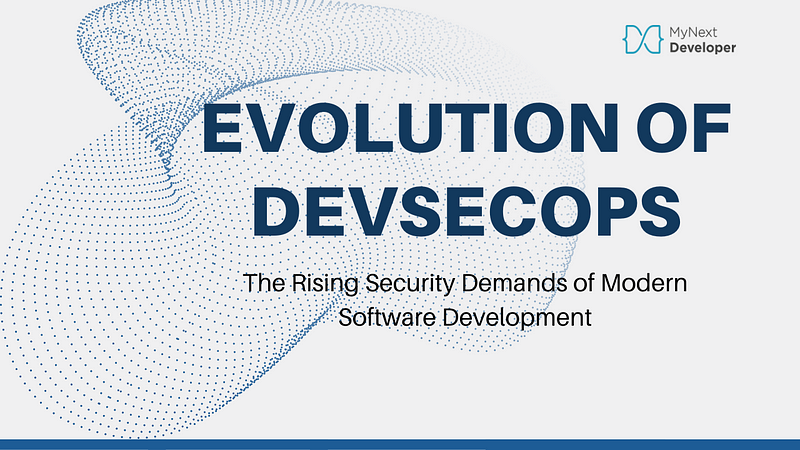
In the fast-paced world of modern software development, security has become a top priority. With cyber threats on the rise and data breaches making headlines, organizations are under increasing pressure to ensure the security of their applications. DevSecOps, a methodology that integrates security practices into the software development process, has emerged as a solution to address these growing security demands. Let’s delve into how DevSecOps is evolving to meet the challenges of today’s software development landscape.
Understanding DevSecOps
DevSecOps involves the integration of security practices throughout the software development lifecycle, ensuring that security is not treated as an afterthought but rather as a fundamental aspect of the process. This approach emphasizes automation, continuous monitoring, and rapid feedback loops to enable teams to detect and respond to security threats in real-time. By fostering a culture of shared responsibility and accountability, DevSecOps helps organizations build more secure and resilient software products.
According to a recent survey by Puppet, organizations that have fully embraced DevSecOps practices can deploy code 200 times more frequently than their peers, with 50% fewer failures. This highlights the significant impact that integrating security into the development process can have on overall software delivery performance. Additionally, the same survey found that high-performing DevSecOps teams spend 50% less time remediating security issues compared to low-performing teams, demonstrating the efficiency gains that can be achieved through a proactive security approach.
Incorporating elements such as threat modelling, security testing automation, and secure coding practices further enhance the effectiveness of DevSecOps initiatives. Continuous security training for team members, regular security audits, and leveraging tools like static code analysis and penetration testing also play a crucial role in maintaining a robust security posture within DevSecOps environments.
The Shift Towards Proactive Security
In the past, security was frequently an afterthought in the software development cycle. However, the rise of DevSecOps has resulted in an important change toward proactive security. By incorporating security checks and controls throughout the development pipeline, organizations can detect and address security issues early on, reducing the risk of potential breaches.
Advantages
Implementing DevSecOps in software development brings a multitude of benefits that enhance security, efficiency, and collaboration within organizations. Here are some key advantages highlighted from the search results:
- Improved Agility and Speed of Development: DevSecOps enables quick deployment of changes, ensuring the software meets customer needs promptly.
- Reduced Risk: By tracking and monitoring code changes, DevSecOps helps prevent vulnerabilities and security risks.
- Increased Collaboration and Teamwork: Collaboration among teams leads to better results than individual efforts, fostering a culture of teamwork.
- Reduced Waste and Improved Efficiency: Enhanced communication and collaboration eliminate waste and boost development process efficiency
- Accelerated Application Development: DevSecOps accelerates application development by integrating security measures efficiently.
- Proactive Security Measures: Continuous evaluation and analysis of code for vulnerabilities ensure proactive security measures are in place.
- Efficient Security Flaw Resolution: Rapid addressing of security weaknesses during the development cycle enhances overall security posture.
- Automated Monitoring and Testing: Automation in monitoring and testing ensures consistent security checks throughout the software lifecycle
- Flexible and Repeatable Processes: DevSecOps offers adaptable cycles to maintain security applications across changing environments, promoting resilience.
- Early Detection of Software Flaws: By integrating security early on, DevSecOps enables early detection and resolution of software flaws.
- Better Response to Changing Client Requirements: DevSecOps allows for quick reviews, vulnerability scans, and integration of changes during development to meet evolving client needs.
- Enhanced Quality Control and Threat Exposure: The collaborative nature of DevSecOps leads to better quality control procedures and shorter project timelines.
Tools & Technologies
CodeAI uses deep learning technology to automatically find and fix security vulnerabilities in source code.
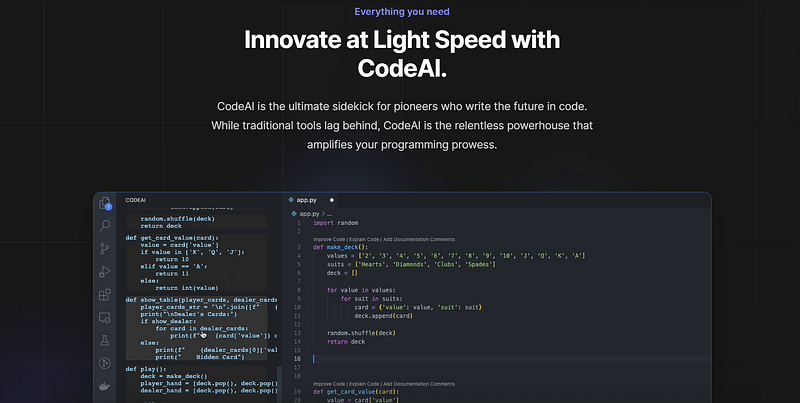
2. Parasoft
Parasoft offers a suite of tools for automating various development security testing aspects.

3. Ansible
Ansible is an IT automation engine that significantly reduces manual work, improving consistency and scalability in IT environments.
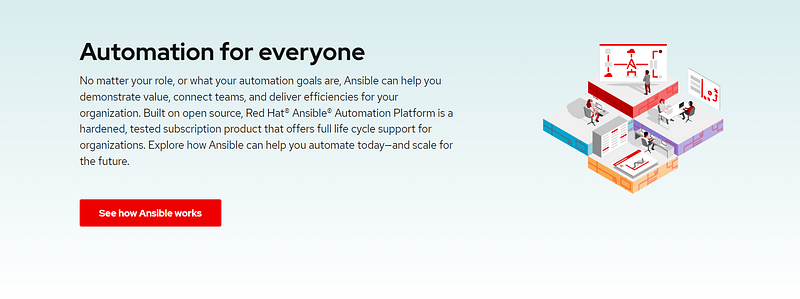
4. StackStorm
StackStorm is a platform for runbook automation that simplifies workflows through event-driven automation and infrastructure as code support.
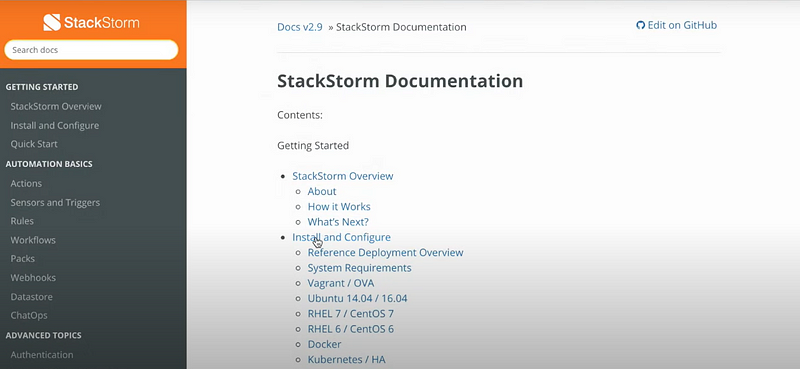
Veracode provides static application security testing (SAST) solutions for analyzing software libraries in various frameworks and languages.
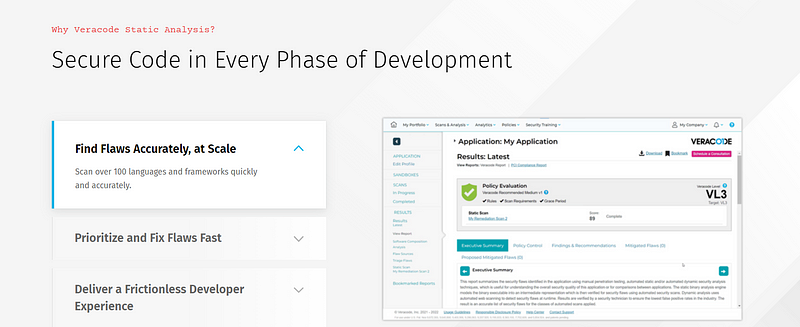
6. SonarQube
SonarQube is an open-source tool that automatically performs code reviews to detect vulnerabilities, bugs, and code smells in source code.
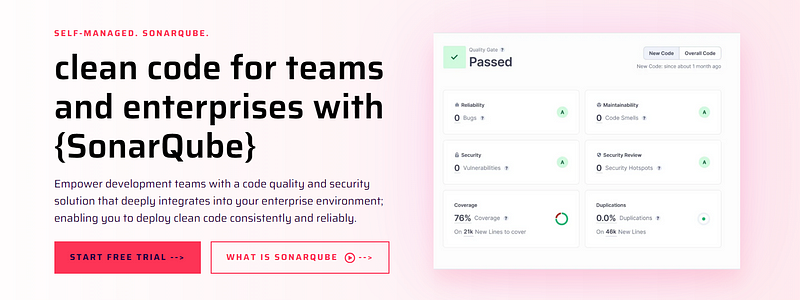
Aqua Security offers DevSecOps tools for automating the secure development and deployment of cloud-native applications, including vulnerability management and Kubernetes security posture management.

8. Intruder
Intruder is a cloud-based service offering external attack surface scanning, internal vulnerability scanning, and web application and API testing for development and operations teams.
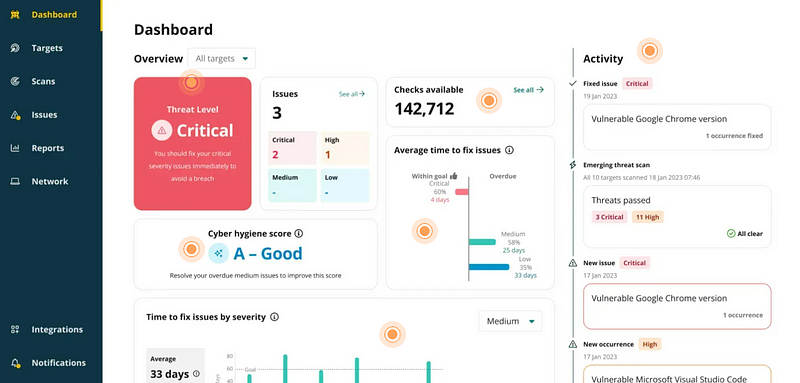
Checkmarx CxSAST is a static analysis tool that identifies security flaws in both proprietary and open-source code across multiple coding languages.

Automation
Automation in DevSecOps is essential for accelerating the identification and remediation of security vulnerabilities throughout the software development lifecycle. By automating security processes, teams can increase efficiency, reduce human error, and ensure consistent application of security best practices. Some key elements related to automation in DevSecOps include:
- Continuous Integration/Continuous Deployment (CI/CD): Automation tools in CI/CD pipelines can automatically run security tests, such as static code analysis and vulnerability scanning, every time code is committed or deployed. This helps to identify safety risks early in the development process.
- Infrastructure as Code (IaC): Automation tools for managing infrastructure as code enable teams to define and provision resources securely, reducing the risk of misconfigurations and vulnerabilities in cloud environments.
- Security Orchestration, Automation, and Response (SOAR): SOAR platforms automate incident response processes, allowing teams to quickly detect, investigate, and remediate security threats in a coordinated manner.
A study by Enterprise Strategy Group (ESG) found that organizations that fully integrate security into their DevOps processes through automation are 3 times more likely to detect security vulnerabilities early in the development cycle. According to the 2023 State of DevOps report by Puppet, high-performing DevSecOps teams that leverage automation tools experience 80% faster mean time to remediation for security vulnerabilities compared to low-performing teams. The adoption of automation in DevSecOps has resulted in a 50% reduction in the average time taken to resolve security incidents, as reported by the DevSecOps Community Survey conducted by Snyk.
Container Security
Containers have revolutionized the way applications are packaged, deployed, and scaled, offering increased flexibility and efficiency. However, their widespread adoption has brought about specific security concerns that need to be addressed through DevSecOps practices. By incorporating container security best practices, organizations can mitigate risks and ensure the integrity of their containerized environments. Some key elements related to container security in DevSecOps include:
- Image Scanning: DevSecOps teams utilize image scanning tools to identify vulnerabilities and compliance issues within container images before deployment. Automated scanning helps detect security flaws in third-party dependencies and ensures that only secure images are used in production.
- Runtime Protection: Implementing runtime security controls within container orchestration platforms helps monitor and protect containers during runtime. This includes features like network segmentation, container isolation, and intrusion detection systems to detect and respond to threats in real-time.
- Access Control: Enforcing strict access control measures, such as role-based access control (RBAC) and least privilege principles, helps limit the attack surface and prevent unauthorized access to containers and underlying resources.
Compliance and Regulatory Requirements
Meeting compliance and regulatory requirements is a critical aspect of software development, especially in industries like finance, healthcare, and government. DevSecOps helps organizations align their security practices with industry standards and regulations, ensuring that applications are developed and deployed in a compliant manner.
Cloud Security
With the widespread adoption of cloud computing, securing cloud-based applications and infrastructure has become a priority for organizations. DevSecOps provides guidelines and tools for implementing cloud security controls, such as encryption, access management, and monitoring, to protect data and applications in the cloud.
- The Cloud Security Posture Management (CSPM) market is projected to reach $9 billion by 2025, driven by the increasing demand for cloud security solutions that provide visibility and control over cloud assets.
- A study by Gartner predicts that by 2025, 99% of cloud security failures will be the customer’s fault, highlighting the importance of implementing robust security practices in cloud environments.
Security Testing Strategies
DevSecOps promotes the use of security testing techniques, such as static analysis, dynamic analysis, and penetration testing, to identify and remediate security vulnerabilities in software applications. Organizations may enhance the resilience of their apps against cyber-attacks by including security testing in the development process.
Some key security testing strategies promoted by DevSecOps include:
- Static Analysis: Static code analysis tools scan application source code for potential security vulnerabilities, such as code injection, insecure configurations, and sensitive data exposure. By identifying issues at the code level, static analysis helps developers address security flaws before they manifest in production.
- Dynamic Analysis: Dynamic security testing involves running applications in a testing environment to simulate real-world usage and identify vulnerabilities that may not be apparent through static analysis. Dynamic testing tools assess application behaviour, input validation, and session management to uncover security weaknesses.
- Penetration Testing: Penetration testing, also known as ethical hacking, involves simulating cyber-attacks to evaluate the security posture of an application or system. Penetration testers attempt to exploit vulnerabilities to assess the effectiveness of security controls and identify potential entry points for malicious actors.
Metrics and Monitoring for Security
Monitoring security metrics and key performance indicators (KPIs) is essential for evaluating the effectiveness of security controls and identifying areas for improvement. DevSecOps advocates for continuous monitoring of security metrics to track the security posture of applications and infrastructure in real-time.
Some key security metrics and KPIs recommended by DevSecOps include:
- Vulnerability Management Metrics: Tracking metrics related to the identification, remediation, and mitigation of security vulnerabilities in applications and systems. Metrics such as time to patch, vulnerability density, and vulnerability age help measure the organization’s ability to address security weaknesses effectively.
- Incident Response Metrics: Monitoring metrics related to incident detection, response times, and resolution rates to evaluate the organization’s readiness to respond to security incidents. Metrics like mean time to detect (MTTD) and mean time to respond (MTTR) provide insights into the efficiency of incident response processes.
- Compliance Metrics: Assessing metrics related to regulatory compliance, adherence to security standards, and policy violations. Monitoring compliance metrics helps ensure that security controls align with industry regulations and internal security policies.
- Security Awareness Metrics: Tracking metrics related to security training completion rates, phishing simulation results, and employee awareness of security best practices. Monitoring security awareness metrics helps gauge the organization’s overall security culture and identify areas for improvement.
- Infrastructure Security Metrics: Monitoring metrics related to cloud security posture, network traffic analysis, and access control configurations. Infrastructure security metrics help identify vulnerabilities in cloud environments, network infrastructure, and access controls that could pose security risks.
Conclusion
In conclusion, DevSecOps is evolving to address the growing security demands of modern software development by promoting a proactive and collaborative approach to security. By integrating security into every stage of the software development lifecycle, organizations can build secure, resilient, and compliant applications that withstand the challenges of today’s threat landscape.
As the digital landscape continues to evolve, embracing DevSecOps is not just a best practice but a necessity for organizations looking to safeguard their applications and data from cyber threats. By staying informed about the latest trends and statistics in DevSecOps, organizations can adapt their security practices to meet the evolving demands of modern software development.
Remember, security is everyone’s responsibility, and by adopting DevSecOps principles, organizations can create a culture of security that permeates every aspect of their software development process.
Ready to build your tech dream team?
MyNextDeveloper is a platform that connects startups with India’s top 3% software developers who are pre-screened for their competence and passion for innovation. With this platform, you can say goodbye to talent shortages and access a pool of knowledgeable professionals for on-demand, dedicated, or end-to-end software talent solutions.
Visit us to build your dream team today.

